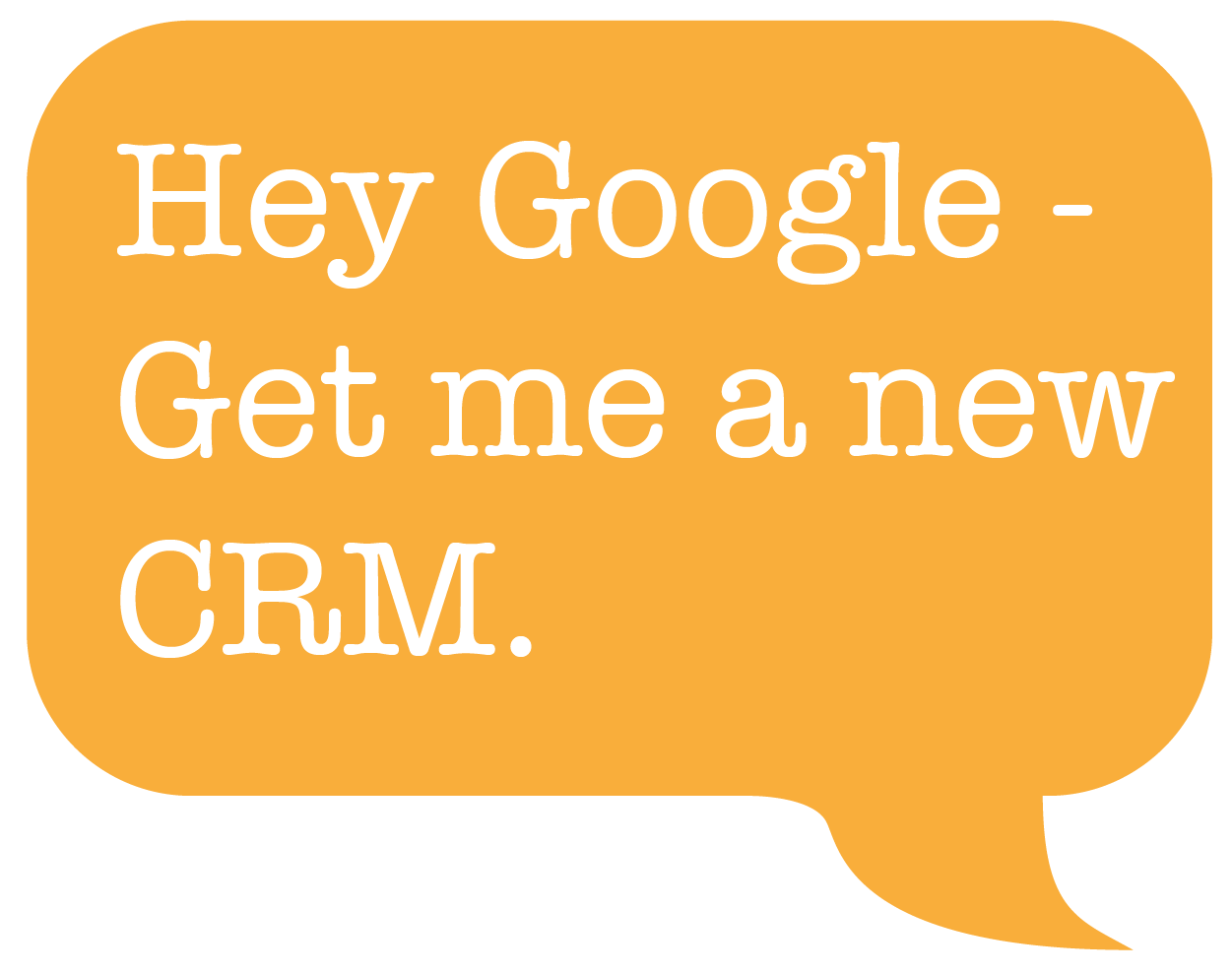In About 24 Months, AI Agents Will Kill Your Entire B2B Funnel
While marketers panic about AI search, the real threat is already here: AI agents that buy software without ever visiting your website
For two decades, B2B marketers have been playing the same game. Build a website. Optimize for Google. Create content. Capture leads. Nurture them through a funnel. Convert.
The playbook worked. Then Product-Led Growth came along and compressed it—let people try before they buy, remove friction, let the product sell itself.
Both approaches are about to become irrelevant.
What’s replacing them isn’t another iteration of the funnel. It’s the complete elimination of it.
The Real Shift Isn’t AI Search—It’s AI Decisioning
Everyone’s worried about ChatGPT and Perplexity eating Google’s lunch. And sure, that matters. But fixating on “AI search” misses what’s actually coming.
AI agents aren’t going to just search for products. They’re going to buy them.
Think about how this plays out: Instead of a procurement manager spending three weeks comparing CRM systems, they’ll tell their AI assistant: “Find me a CRM that integrates with our stack, handles 50k contacts, costs under $10k/year, and has SOC 2 compliance.”
The agent doesn’t Google it. It doesn’t click through to your website. It doesn’t download your whitepaper or book a demo.
It queries a marketplace of other agents—software representatives that can answer questions, verify claims, negotiate pricing, and execute contracts. Your future customer never sees your brand until they’re presented with three finalists.
And here’s the uncomfortable part: if your product doesn’t have an agent in that marketplace, you won’t even be considered.

Welcome to the Agentic Marketplace
We’re not talking about a distant future. The infrastructure is being built right now.
Think of it like the early days of the App Store. Remember when every business suddenly needed a mobile app or they’d be invisible to smartphone users? This is that moment again—except instead of building for iOS and Android, you’re building for OpenAI’s GPT marketplace, Google’s agent ecosystem, Amazon’s network, and whatever open protocols emerge.
Here’s how it actually works:
A consumer wants to buy something so they talk to Siri or Google or ChatGPT or Alexa and tell them what they want. The consumer’s AI super-agent (an agent of agents) sends out a query—essentially a bid request. “I need X capability with Y requirements and Z budget.”
Hundreds of dormant agents from vendors you’ve never heard of wake up and respond. They compete in an instant, hidden auction much like how header bidding or keyword auctions work. The buyer’s agent—which has access to your purchase history, browser history, emails, calendar, and preferences – and even wearable data if you’ve enabled it —filters everything down to a shortlist of viable products.
You get presented with three options. You pick one. Done.
You never visited a website. You never saw an ad. You never comparison-shopped, abandoned any carts or entered a promo code.
This is the new internet. And while it sounds kind of magical as a consumer, if you’re in B2B SaaS marketing, it’s coming for you first.
Why B2B Gets Disrupted Before B2C

Consumers have emotional relationships with brands. They want to stay at a Marriott or fly Delta or wear Nike. Brand loyalty creates friction that slows down pure utility-based decisioning. In the B2C world, brand image, influencers and YouTube videos still matter, even if your AI super agent ends up making the final purchase for you.
But in B2B? Nobody gives a shit which CDP or marketing automation platform their company uses. They care that it works, that it’s compliant, that it integrates, and that it’s not a career-ending decision.
B2B buyers are already optimized for “good enough, low risk, fast.” Which means they’ll happily hand over vendor comparison and selection to an AI agent faster than any consumer would.
Product-Led Growth was supposed to remove friction. Agentic discovery removes the entire funnel.
What “Go-to-Market” Means Now
If agents do the discovering, SEO is dead. Paid ads are dead. Your carefully optimized landing pages? Dead.
Here’s what replaces it: Agent-Led Growth (ALG).
You will need to build a discoverable agent that represents your product in machine-to-machine marketplaces. Think of it as your digital sales rep—one that can:
Explain what you do, how much it costs, and what it integrates with
Authenticate and verify claims securely
Respond to both structured queries and conversational questions
Negotiate and transact on your behalf
And just like you can’t succeed with an app in only the Apple Store if your customers use Android, you can’t just deploy your agent in one ecosystem. You need presence across OpenAI’s marketplace, Google’s protocol, Alexa’s network, and any emerging open standards. There’s been some effort at making a unified standard for agent-to-agent interactions called MCP, but it’s early days and very easy to imagine that players like OpenAI who have first-mover advantage with their GPT store and massive user base might opt for a closed system.
Your new job won’t be ranking on page one of Google, or even optimizing your website for AI Search. It will be about achieving agent presence parity across every marketplace your buyers’ agents might query.
The New Rules of Agentic SEO
Forget keywords and backlinks if you are a marketer for a PLG product (enterprise is a bit different… more below on that). The ranking factors in an agentic marketplace are completely different:
Interoperability: How easily does your agent connect and communicate with others? Can it speak the protocols that matter?
Trust signals: Verified data, reputation scores, transaction history. Think of it like your agent’s credit score.
Contextual fit: How precisely does your offering map to a buyer’s intent? This isn’t about gaming an algorithm—it’s about accurate, structured data.
You’re not optimizing for humans anymore. You’re optimizing for machine-to-machine discovery. And, generally speaking, an AI agent will be most interested in quantifiable, specific results, clear costs, integration documentation and interoperability as well as evidence that your product or company is low risk and trustworthy.
The Seafood Tower Test
Okay, so does this mean every B2B marketer is getting fired?
Not exactly.
One of the best sales leaders I ever worked with had a rule: he’d measure deal complexity by “how many seafood towers you’d have to buy before closing.” High-touch enterprise sales—the kind involving relationships, dinners, golf, and multi-month negotiations—isn’t going anywhere. Yet.
If you make your living buying people seafood towers, you’re probably safe.
But if you’re doing demand gen for a PLG SaaS product with a $50k ACV? Start thinking about your next move (more on that in the next article).
The reality is that agents will start at the bottom of the market and move up—just like every disruptive technology. Today it’s small deals. In five years, it’ll be mid-market. Eventually, even enterprise.
There is some good news: this shift will create new roles. Agent strategy, agent optimization, machine-readable positioning—these are net-new functions that didn’t exist before. I’ll dig into what the future GTM org chart looks like in a follow-up post. But for now, just know: this might be one of the few AI shifts where the value isn’t purely headcount reduction… although I’m not going to lie; if you’re a B2B SEO content writer it doesn’t look good.
What You Should Do Right Now
1. Map your agentic interface. What data and capabilities can your product expose to other agents? What should stay locked down? This is your new API strategy.
2. Design for multi-marketplace distribution. Don’t build for one ecosystem. You need to be discoverable wherever buyers’ agents look—just like you needed both an iOS and Android app.
3. Make your brand machine-readable. Your pricing, differentiators, and capabilities need to be parseable by AI. This isn’t technically hard, but it requires rethinking how you structure information. Although pro-level product marketers may already have this on lock.
4. Follow the protocol wars. OpenAI, Google, Amazon, Anthropic—they’re all racing to set the interoperability standards. Watch the ones with both hardware and software plays (Google Home, Alexa, Apple, OpenAI (they’re building hardware and also trying to hijack the MacOS)). Consumer adoption will drive the market, and phones + home hubs are where it’ll happen, although if any of the new AI web browsers take off that might be a more obvious interface for B2B buyers.
5. Educate your GTM team now. Your product marketers, growth leaders, and sales enablement teams need to start thinking in terms of agent-to-agent interactions, not human funnels. The transition starts now, even if the full shift takes 24-36 months.
6. Manage Up. Execs are often the last people to catch on to critical customer flow or ops changes so they tend to under-invest when change is happening. But there will be a massive advantage for companies that have agents in agentic marketplaces first because they will be fairly empty and the AI superagent will train on them to learn what to look for in a matching vendor solution. It’s like being a first blogger or podcaster… even mediocre ones that got in early have a massive audience now while new podcasters struggle to get discovered.
The Bottom Line
The internet started as pages. Then it became apps. Now it’s becoming agents.
For the next 12-36 months, you’ll need to run dual strategies—maintain your SEO and content engine while building for agentic discovery. But make no mistake: in 24-36 months, if your product can’t be invoked, verified, and transacted by another agent, it might as well not exist.
This isn’t about tweaking your funnel. It’s about preparing for a world where the funnel is an API call.
The cage match for dominance is happening right now. The question is whether you’ll be in the fight—or eliminated before it even starts.
Subscribe for free to receive occasional new posts and support my work.





This piece really made me think, particularly about how these agent-to-agent marketplaces will handel complex, non-standard contractual terms beyond basic SOC 2 compliance.